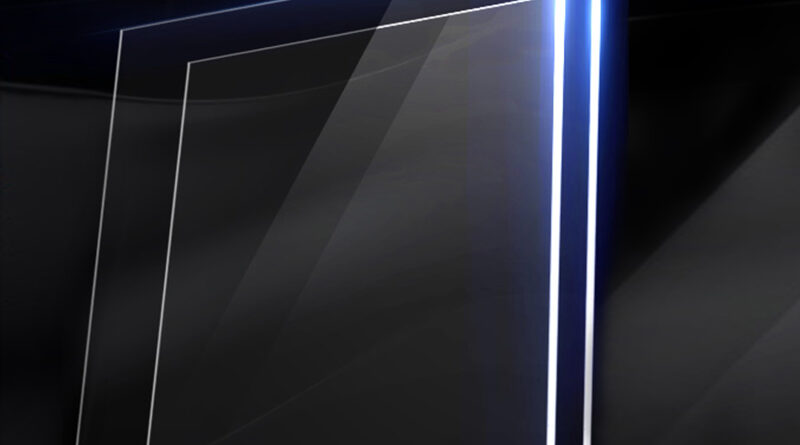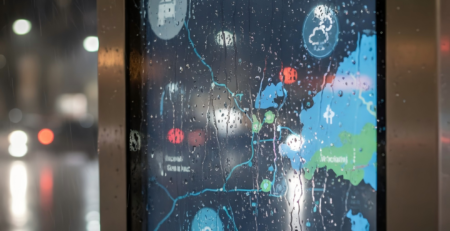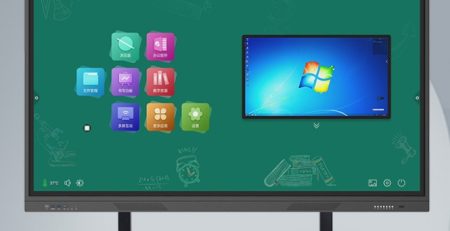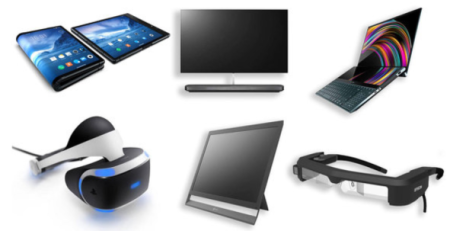The starting point of the reliability of industrial displays is Glass Substrate. This seemingly simple transparent material is a key barrier to protect the internal liquid crystal layer and driving circuit from external impact and environmental corrosion. Unlike the extreme pursuit of thinness and cost in consumer electronics, displays in industrial applications have more stringent requirements on the mechanical strength, chemical stability and long life of the substrate. Improper selection of a glass substrate may cause the entire machine to fail prematurely in a harsh environment.
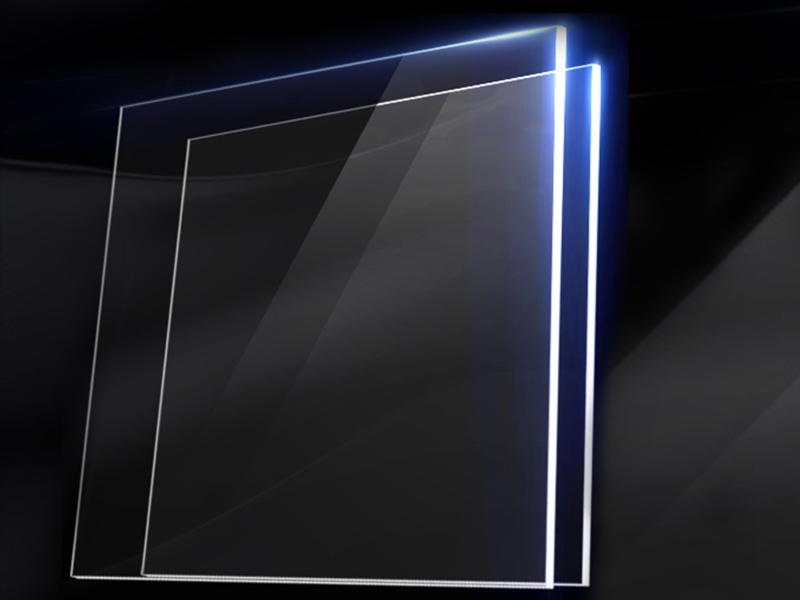
The physical properties of Glass Substrate materials constitute the core selection dimension. Mainstream soda-lime glass has a low cost, but its low surface hardness and toughness make it only suitable for standard industrial control environments with limited impact risks. For scenarios with high impact or vibration risks, aluminosilicate glass is a better solution. This type of material significantly improves Vickers hardness and fracture toughness through component optimization. Its surface strength can reach more than twice that of soda-lime glass, and can even achieve a bending strength of hundreds of MPa at a thickness of 10mm. Chemically tempered glass forms a high-pressure stress layer on the surface through ion exchange, and its compressive strength can be as high as 700MPa or more, while maintaining a low risk of broken fragments, which is crucial to personnel safety.
To evaluate the performance of Glass Substrate, we need to focus on several core parameters. Impact resistance is often measured by drop ball test or MIL-STD impact standard; bending strength is quantified by three-point/four-point bending test, and industrial-grade substrates usually require >100MPa; surface Mohs hardness determines the ability to resist scratches, and chemically strengthened glass surface can reach level 6-7; in the temperature range of 80℃ to -30℃ or even wider, the expansion coefficient of the substrate needs to be well matched with the structural parts and bonding layer to avoid cracking or delamination; acid/alkali solution immersion test and salt spray test test its corrosion resistance in chemical pollution environment. In addition, light transmittance and surface flatness directly affect display brightness and uniformity.
Customized Glass Substrate solutions are required for special industrial scenarios. High vibration environment requires the comprehensive use of thickened aluminum silicon glass and buffer structure design; medical and food equipment need to pass lead-free glass composition and FDA and other biocompatible certifications; clean room equipment requires low outgassing glass to prevent molecular contamination in vacuum environment. In long-term high-temperature operation scenarios, such as steel mills, high strain point glass (>600℃) must be used to reduce the risk of performance degradation caused by substrate creep at high temperatures; ships or dock equipment must use higher-grade salt spray resistant glass and seal and reinforce it.
Industrial displays are evolving towards higher reliability and longer service life. Flexible display technology is gradually emerging in special curved surface application scenarios. Accurately matching the load characteristics and chemical environment selection of application scenarios, and strictly implementing evaluation tests based on quantitative performance indicators are the basic guarantees for ensuring the stable operation of industrial display systems throughout their life cycle. Only by deeply understanding the interaction between the intrinsic properties of Glass Substrate materials and environmental stress can a truly solid optical window be built in harsh industrial scenarios.


